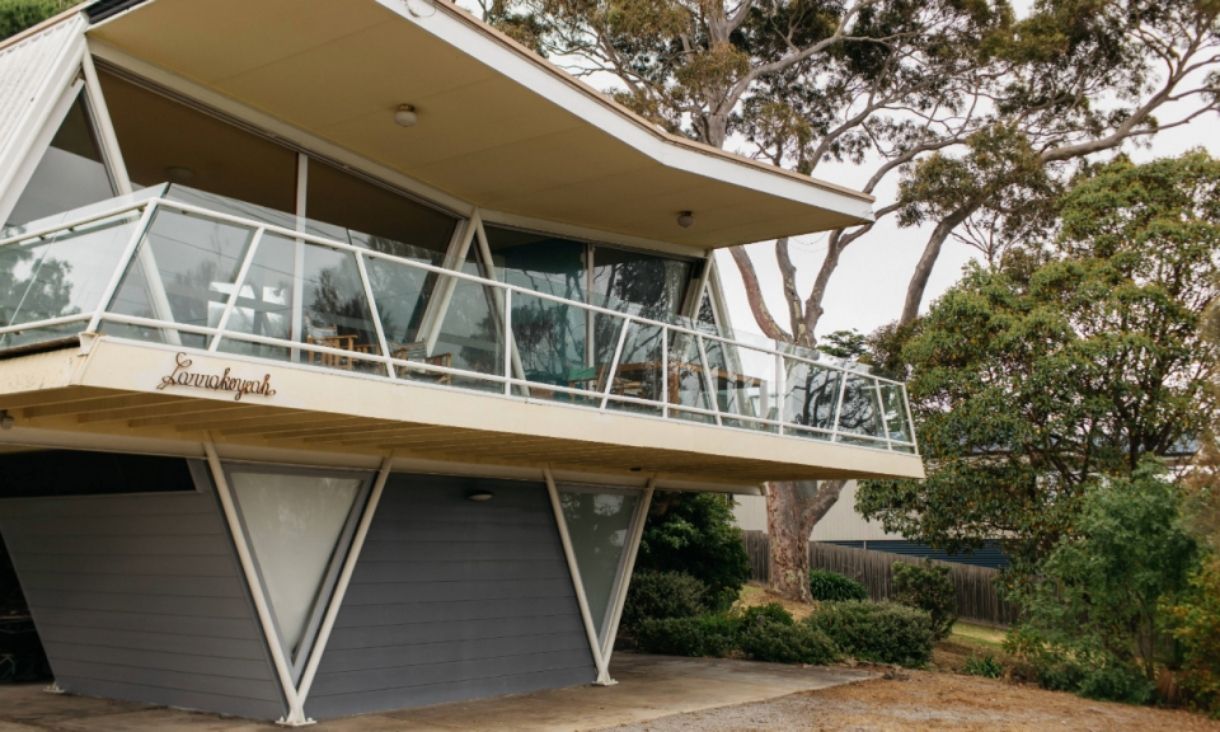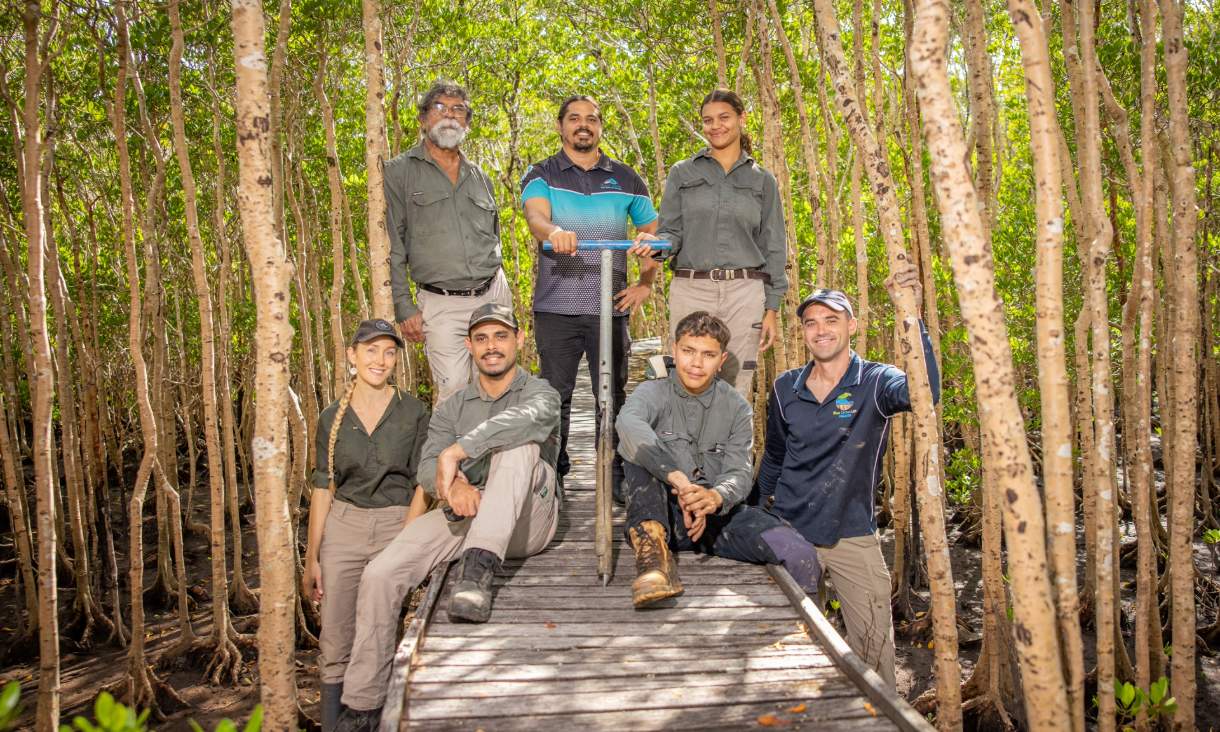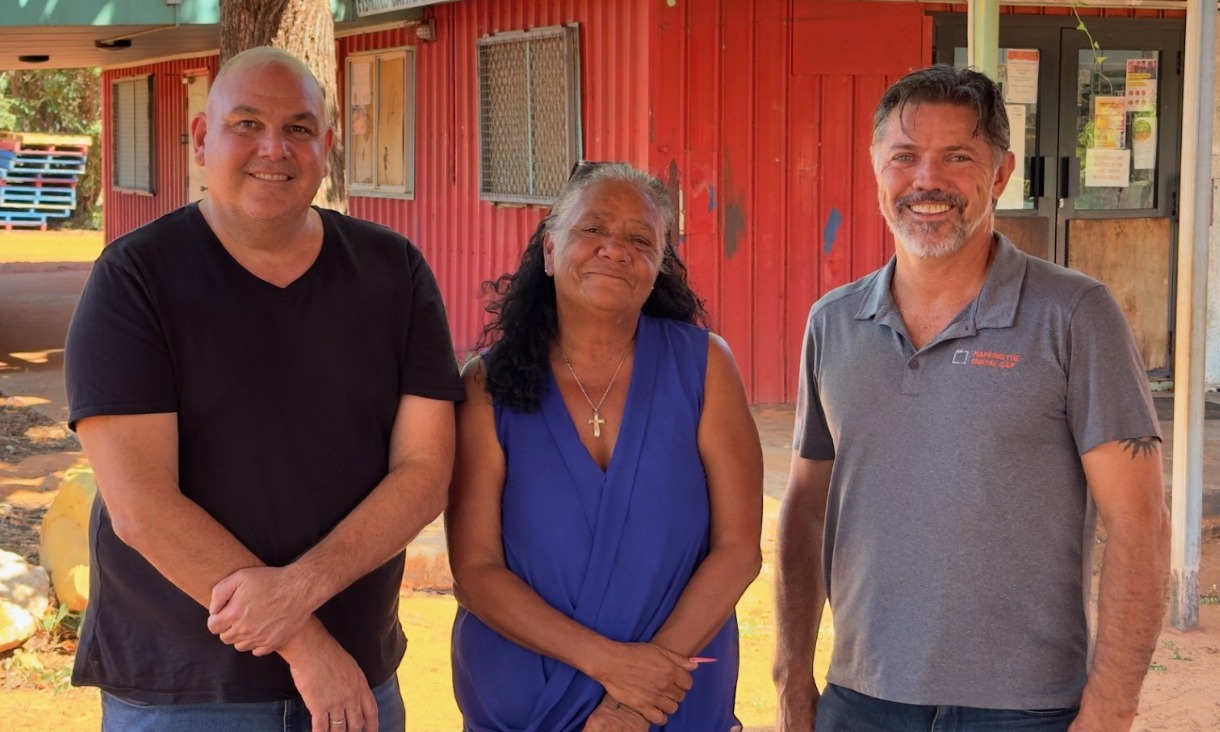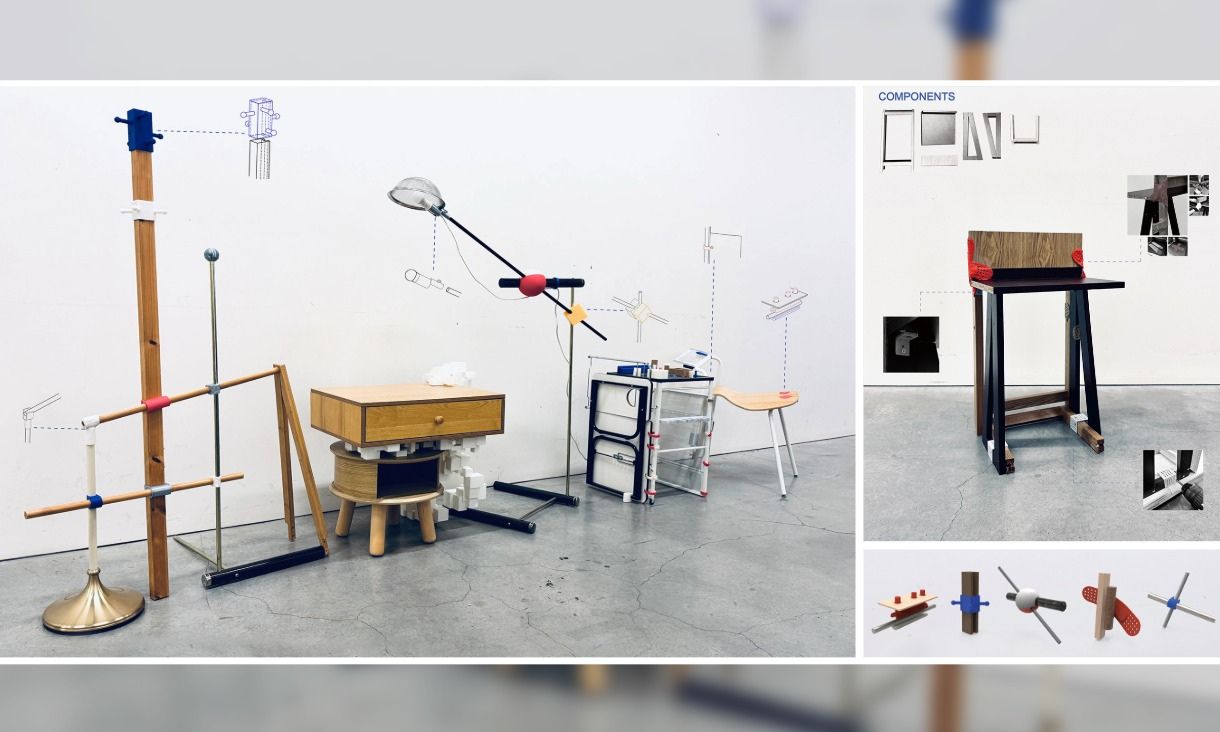The Melbourne Art Trams have returned for another year, featuring an impressive line-up of First Peoples artists responding to this year's theme, “Unapologetically Blak”.
Curated by RMIT alumna Jarra Karalina Steel, two of the six trams rolling across the inner-city display artwork from RMIT students Patricia Mckean and Darcy McConnell.
We spoke to animation student and Gunditjmara/Kirrae Whurrong woman, Patricia Mckean, about her tram design and what it means to be part of Melbourne’s biggest arts festival.
What made you choose animation at RMIT and where are you hoping it takes you?
I've always loved animation growing up and I've always loved watching the behind the scenes of many animated films. I chose animation because it’s simply something that I thought I would enjoy, and I have been enjoying it heaps. I'm sure it will offer me many opportunities, and it has already helped me learn more about movement in art and the like. I've also met so many amazing students.
Can you describe your design? Does it tell a story and how did you come to decide on this?
My piece is a journey about discovering joy and being who you are. I decided on this because us Indigenous people don’t get great representation in the media and I wanted to show that we are welcoming people who want to have some fun and show our mob that we shouldn’t care what others think of us. We are just great people to have a conversation with and have a laugh with.
The collected works each respond to the theme “Unapologetically Blak”. What does this theme mean to you and how did you incorporate it into your piece?
The other feeling of the piece I tried to convey was a sense of freedom. To me this means we love who we are, our culture and should NEVER have to apologise for anything. My grandpa Banjo Clarke, who is also in the middle of the piece, represents the strength we all have. I hope people who see the tram go by feel good just by looking at it. I hope it makes their day better seeing something colourful roll down the street in these tough times.
What does it mean to have your artwork displayed and recognised on the trams?
It is so exciting to be a part of this project and I’m very happy to have it displayed, alongside other amazing artists too. Being a young Indigenous person too is also something I am proud of. Young mobs need more representation too. So having young fun characters for people to see down the street makes me happy.
What advice would you give to First Nations kids interested in animation and the arts?
Draw what you like to draw, learn how you like to learn, and you'll enjoy being creative. But don't be afraid to go out of your comfort zone, you might find something new that you like.







